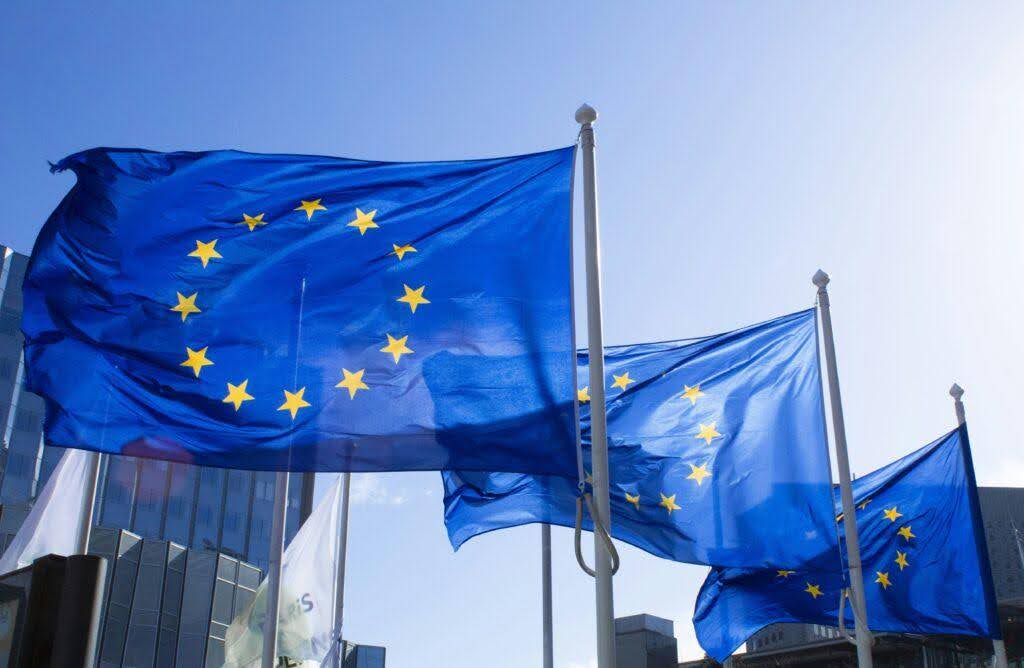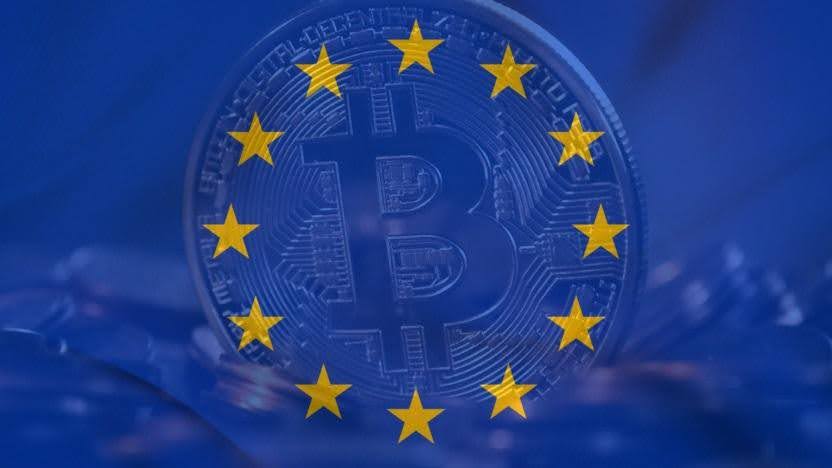EU Watchdog Calls for Complete Capital Coverage on Insurers’ Crypto Holdings

Key Takeaways:
- To reduce risks, the European Insurance and Occupational Pensions Authority (EIOPA) suggests a 100% capital need for insurers’ cryptocurrency holdings.
- EIOPA is strongly in support of the most rigorous of four regulation choices now being considered given crypto’s volatility.
- Of Europe’s total crypto-related insurance investments, Luxembourg and Sweden are the most impacted markets with 69% and 21%, respectively.
Insurance companies holding cryptocurrency would be subject to strict capital requirements suggested by the European Insurance and Occupational Pensions Authority (EIOPA). Published on March 27, the advice seeks to protect policyholders from possible losses in the extremely unpredictable crypto market.
Read More: How Europe’s MiCA Regulation Will Transform Crypto Advisor Qualifications?
EIOPA’s Drive for Tighter Rules
EIOPA’s suggestion draws attention to the clear contrast in volatility and risk between conventional assets and cryptocurrency. Unlike equities or real estate, which need far less capital support, crypto assets can be subject to a complete 100% capital obligation. Every euro an insurer puts in crypto requires another in reserve to offset possible losses.

EIOPA claims this is required since earlier market cycles have seen price declines of 82% and 91% for key cryptocurrencies such Bitcoin and Ether. Such dramatic swings make crypto a very speculative investment, hence significantly endangering insurers and their policyholders.
Four Regulatory Choices Being Considered
EIOPA has suggested four potential regulatory paths for the European Commission to evaluate:
- No Changes: Maintain the present regulatory system without adding new capital needs for crypto assets.
- 80% Capital Requirement: Establish an 80% stress level, which would call for insurers to maintain capital reserves covering 80% of their crypto exposure.
- 100% Capital Requirement: Apply the most rigorous criteria by demanding insurers to completely back their crypto assets with an equal amount of capital.
- Comprehensive Review: Look at tokenized assets outside of cryptocurrencies to decide suitable risk levels.
Of these choices, EIOPA strongly backs the third one, contending that an 80% capital charge is too low considering the significant volatility of crypto assets. The group also points out that current transitional treatment under the Capital Requirements Regulation (CRR) fits a 100% capital charge
Contrasting Crypto with Conventional Asset Classes
EIOPA’s suggested 100% capital need for crypto is far more than current capital fees for other asset classes:
- Stocks: Call for a 39% to 49% capital charge
- Real Estate: 25% capital charge
- Bonds: Depending on credit risk ratings, bonds often have lesser capital needs.
Assuming their prices may drop to zero, on the other hand, crypto assets would be regarded as very speculative investments. This degree of conservatism shows the regulator’s view that diversification does not sufficiently lower the dangers connected with crypto exposure.
Who Will Be Most Impacted?
Although the European insurance industry’s total exposure to cryptocurrencies is still somewhat modest—just €655 million or 0.0068% of total industry assets—certain areas are more affected than others. Cited in a Q4 2023 report, EIOPA shows that Luxembourg and Sweden jointly hold 90% of all crypto-related insurance investments; the following distribution:
- Luxembourg: 69%
- Sweden: 21%
- Ireland: 3.4%
- Denmark: 1.4%
- Liechtenstein: 1.2%

Most of these assets are run on behalf of policyholders in unit-linked insurance products and organized inside investment vehicles like exchange-traded funds (ETFs).
Read More: Ethereum ETFs Experience $103M Outflow as Bitcoin Sees Massive Inflows
Effect on Policyholders and Insurers
EIOPA maintains that their suggestion would not unduly burden policyholders with expenses. The regulator contends that the capital criteria would only guarantee that insurers are financially ready for possible crypto market declines, hence enhancing consumer protection.
EIOPA underlines, even if crypto-related insurance investments are still low, that a rise in institutional adoption of digital assets would call for more thorough and varied regulatory policies going forward.
Regulatory Implementation Next Actions
The European Commission will now examine EIOPA’s suggestions to determine whether to carry out, change, or reject the suggested capital needs. The choice might establish a standard for how European financial authorities handle crypto exposure in other industries including pensions and banking.
The next months will show if the EU leans toward a more cautious attitude on crypto or chooses a more flexible regulatory approach that fits digital assets into the conventional banking system.
The post EU Watchdog Calls for Complete Capital Coverage on Insurers’ Crypto Holdings appeared first on CryptoNinjas.
